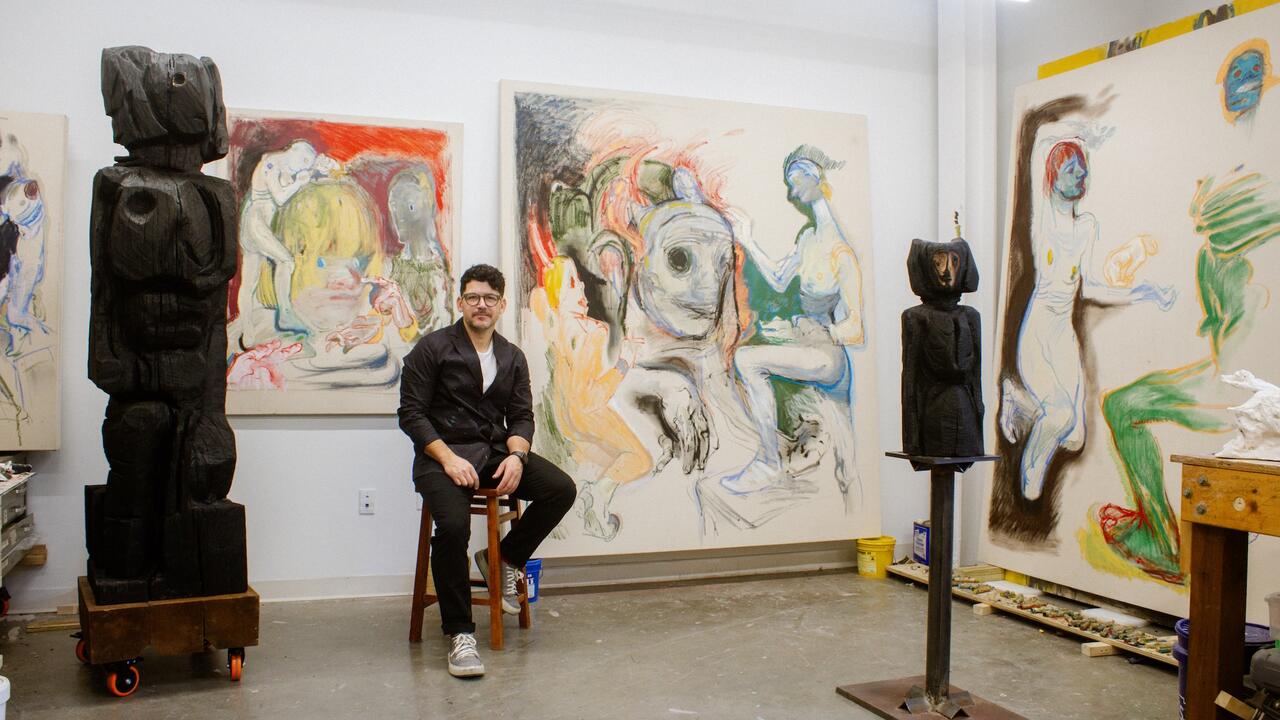New Review Highlights Arts Funding’s Class Bias
Evidence suggests that social stratification in UK arts participation is caused by imbalance between funding priorities and public taste
Evidence suggests that social stratification in UK arts participation is caused by imbalance between funding priorities and public taste

Is it only the well-off who appreciate art? A new review commissioned by Arts Council England has offered an explanation for the overrepresentation of people from higher socio-economic groups at arts events as a discrepancy between public taste and funding priorities, rather than demand itself.
‘Equality and Diversity within the Arts and Cultural Sector in England, 2013–2016’ draws on a collection of recent investigations and evidence showing a clear class divide in cultural engagement in England. The review argues that the divide in participation has less to do with a lack of demand, but rather ‘a mismatch between the public’s taste and the publicly funded cultural offer.’
The review, first reported in Arts Professional, suggests that this divide has been accentuated by ‘a narrowing of cultural education in schools which limits the broadening of tastes.’ Furthermore, ‘the prevailing ‘excellence’ narrative in the arts can be seen as divisive in terms of engaging a broader audience in arts.’
The studies cited in the review regarding the increasing social stratification in the arts include ACE’s own research into the overrepresentation of people from higher social grades in audiences for its National Portfolio Organizations, as well as the government’s Taking Part survey which showed higher engagement with the arts among adults in higher socio-economic groups.
The review does note that there is some suggestion from the Taking Part data that there have been improvements in the class divide, with the arts participation gap between those in the most and least deprived regions of the country falling by 26.8 percent to 14.6 percent, from 2009/10 to 2015/16.
But the review also points to the decreasing number of accessible screenings for audiences with disabilities, alongside a ‘considerable decrease’ in accessible exhibition days. It also questions whether arts institutions are making enough effort ‘to reach out to ethnic minority communities to support their participation in arts and cultural activities.’





















